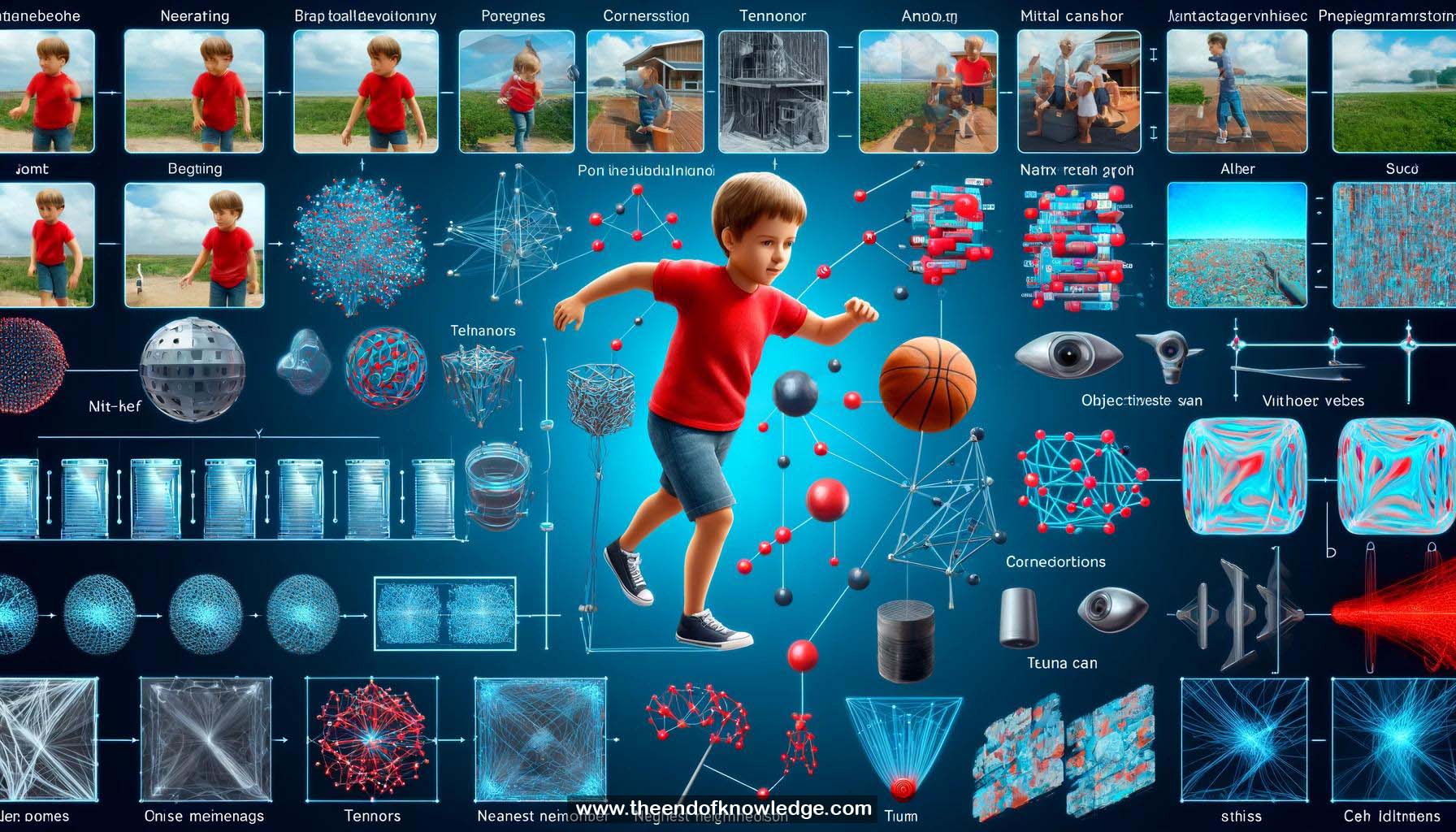 >
>
Concept Graph & Resume using Claude 3 Opus | Chat GPT4o | Llama 3:
Resume:
1.- Video is a 2D field changing over time with objects having correspondences across frames.
2.- Corresponding positions have similar visual/semantic features and can span arbitrary spatial and temporal ranges.
3.- Given a position, only a small portion of positions in other frames could potentially be the correspondence (sparsity and irregularity).
4.- A novel neural net architecture is proposed to address correspondence properties in videos.
5.- The representation tensor of a video is treated as a point cloud in semantic feature space.
6.- For each point, k nearest neighbors from other frames are found and considered as potential correspondences (CP module).
7.- CP module takes video representation tensor as input and computes pairwise feature distance matrix to get k nearest neighbor indices.
8.- Correspondence embedding layer concatenates semantic feature vectors and relative spatial-temporal location, processes them independently, and applies max pooling.
9.- The output tensor encodes the dynamic information of the video after max pooling selects the most interesting information.
10.- CP module is integrated into C2D ResNet architecture.
11.- Ablation studies were conducted on the number and position of CP modules and the value of k.
12.- The proposed method achieves better performance with fewer parameters compared to previous works on kinetics dataset.
13.- State-of-the-art results are achieved among published works on motion-centric datasets (Something-Something and Gesture) with fewer parameters.
14.- Visualization shows that CP module proposes reasonable correspondences like basketball, metal can, and thumb.
15.- CP module filters out wrong correspondence points and keeps correct ones during max pooling.
16.- CP module makes more changes to moving areas in the feature map.
17.- The code for the proposed method is open-sourced.
Knowledge Vault built byDavid Vivancos 2024